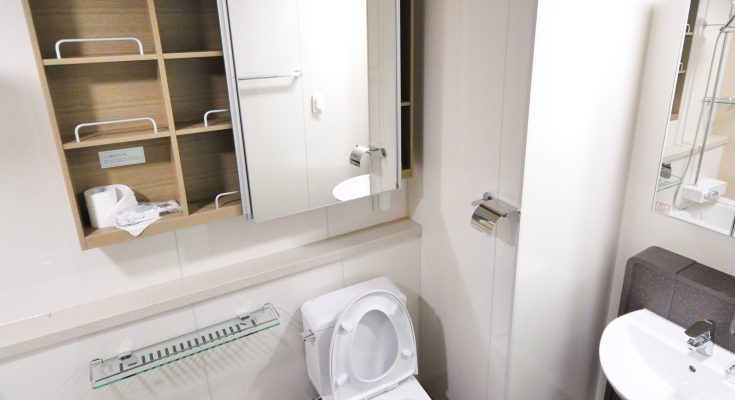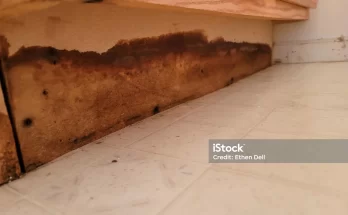An overflowing toilet can quickly turn into a messy and unpleasant situation, causing panic and frustration. It is a common household issue that can result from various factors, including blockages, sewer line problems, or malfunctioning plumbing components. Knowing the causes behind a toilet overflow and how to clean up effectively can help you address the issue promptly and restore peace to your bathroom. In this blog post, we will delve into the causes of toilet overflow and provide valuable tips for efficient cleanup.
- Common Causes of Toilet Overflow:
a) Clogs: The most frequent cause of toilet overflow is a clog in the drain pipe. Excessive toilet paper, hygiene products, or foreign objects flushed down the toilet can obstruct the flow of water and lead to a backup.
b) Blocked Sewer Line: A clog or blockage in the main sewer line can cause water to back up into the toilet. This issue often affects multiple plumbing fixtures in the house and requires professional assistance to resolve.
c) Faulty Fill Valve or Float: If the fill valve or float mechanism inside the toilet tank malfunctions, it can cause the water to continue filling the tank and eventually overflow.
- Immediate Steps to Stop the Overflow:
In the event of a toilet overflow, it is crucial to act quickly to prevent further damage. Follow these steps:
a) Turn off the water supply: Locate the shut-off valve, usually located near the base of the toilet, and turn it clockwise to stop the water flow.
b) Remove the tank lid: Lift the lid and check if the flapper valve is stuck open. Pushing it down can help stop the water flow.
c) Plunge the toilet: If you suspect a clog, use a plunger to dislodge the blockage. Create a tight seal and gently plunge in an up-and-down motion.
- Cleanup and Sanitization:
Once you have successfully stopped the overflow, it’s time to address the cleanup process. Follow these steps to ensure a thorough and hygienic cleanup:
a) Safety first: Put on rubber gloves and, if necessary, wear protective eyewear. This will protect you from potential contaminants present in the overflow water.
b) Remove excess water: Use towels, mops, or a wet/dry vacuum to soak up the standing water from the floor. Dispose of the contaminated materials properly.
c) Disinfect and sanitize: Thoroughly clean and disinfect all affected surfaces, including the toilet bowl, floor, and any nearby items that may have come in contact with the overflow. Use a bleach solution or a disinfectant cleaner to ensure proper sanitization.
d) Address lingering odors: If the overflow resulted in lingering odors, consider using odor-neutralizing products or air fresheners specifically designed for bathrooms.
- Seeking Professional Help:
In some cases, toilet overflow issues may require the expertise of a professional plumber. If you encounter persistent clogs, repeated overflows, or suspect sewer line problems, it is best to consult a professional. They have the necessary tools and knowledge to diagnose and resolve complex plumbing issues effectively.
Dealing with a toilet overflow can be a messy and stressful experience, but understanding the causes and knowing how to clean up efficiently can help you tackle the problem effectively. Remember to act quickly to stop the overflow, address the cleanup promptly, and prioritize proper sanitization to maintain a clean and hygienic bathroom environment. In case of recurring issues or more significant plumbing concerns, do not hesitate to seek professional assistance. By staying calm and taking the necessary steps, you can restore functionality and peace to your bathroom.




